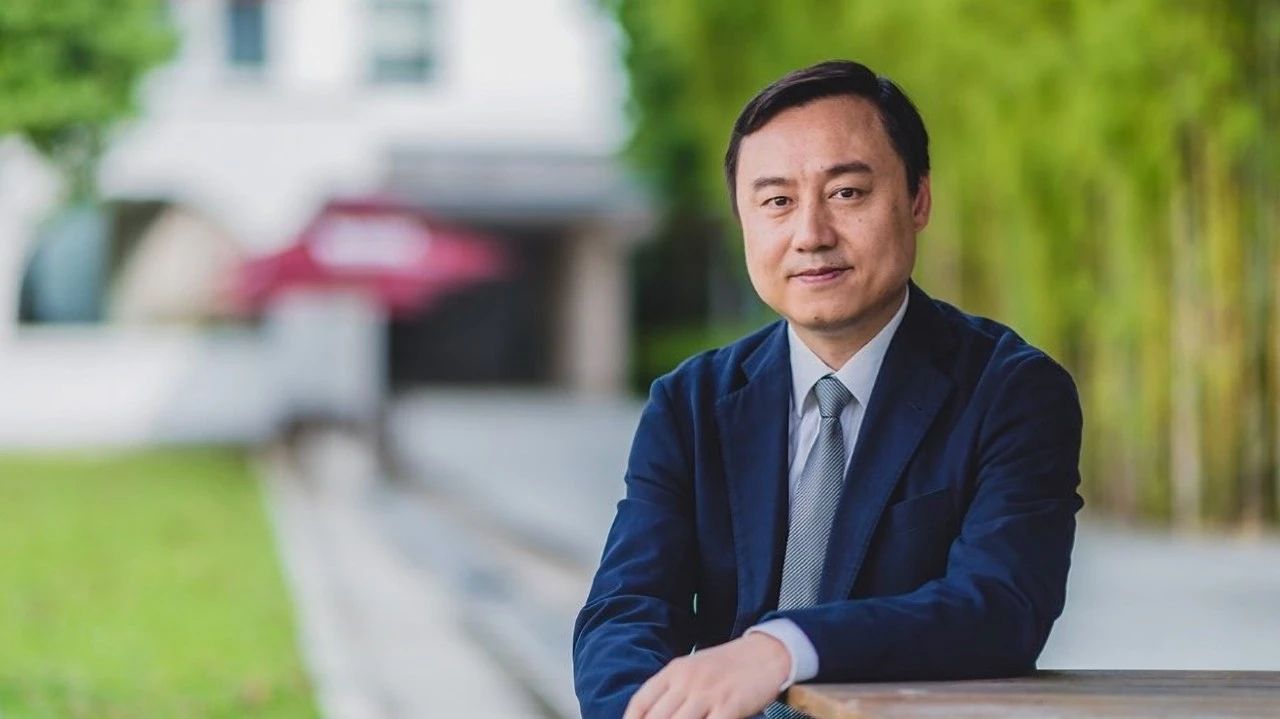Liu Xiaogang wins Prestigious Royal Society of Chemistry’s Centenary Prize
Professor Liu Xiaogang, the chief Principal
Investigator from the Energy and Environmental Nanotech Research Platform of
NUSRI-Suzhou has been named winner of the Royal Society of Chemistry’s
Centenary Prize in recognition of brilliance in research and innovation. Prof
Liu won the prize for outstanding contributions to the understanding and
optical manipulation of photon conversion in nanocrystals and their
applications in X-ray and light-field imaging, and for excellence in
communication. The other two winners are Luisa De Cola from the University of
Milan in Italy and Nicholas Kotov from the University of Michigan in the United
States.

The Royal Society of Chemistry’s prizes
have recognised excellence in the chemical sciences for more than 150 years.
The Centenary Prize, first established in 1947, is an award granted annually to
outstanding chemists, who are also exceptional communicators, from outside the
United Kingdom and Ireland. Winners are given a £5000 cash prize and a medal.
This year’s winners join a prestigious list of past winners in the Royal
Society of Chemistry’s prize portfolio, 60 of whom have gone on to win Nobel
Prizes for their work, including 2022 Nobel laureate Carolyn Bertozzi and 2019
Nobel laureate John B Goodenough.
Prof Liu said, “I was both surprised and
thrilled to receive this award. It’s truly humbling and an immense honour to be
associated with the many previous winners of this award, all of whom I hold in
great respect.”
Prof Liu’s
research focuses on luminescent nanomaterials: tiny particles that emit light
under specific lighting conditions. These particles are so small that thousands
of them could fit across the width of a single hair.
One of Prof
Liu’s most notable contributions is the development of new nanomaterials that
glow in visible colours when exposed to invisible near-infrared light. This has
profound implications, especially in the medical field. For example, these
materials serve as advanced molecular probes that can track cancer cells,
offering a more selective, sensitive, and cost-effective alternative to
traditional biomarkers for cancer diagnosis.
In medical imaging, his team has devised
new and safer X-ray imaging techniques that significantly enhance diagnostic
and treatment guidance. They have also developed a prototype interactive
mouthguard embedded with pressure-sensitive optical nanomaterials. By
integrating these sensors into a flexible mouthguard, they have created a
user-controlled device that operates through simple biting actions. This is a
valuable advancement in assistive technology, making it easier for people with
a disability or impairment to operate a computer, smartphone, or wheelchair.




